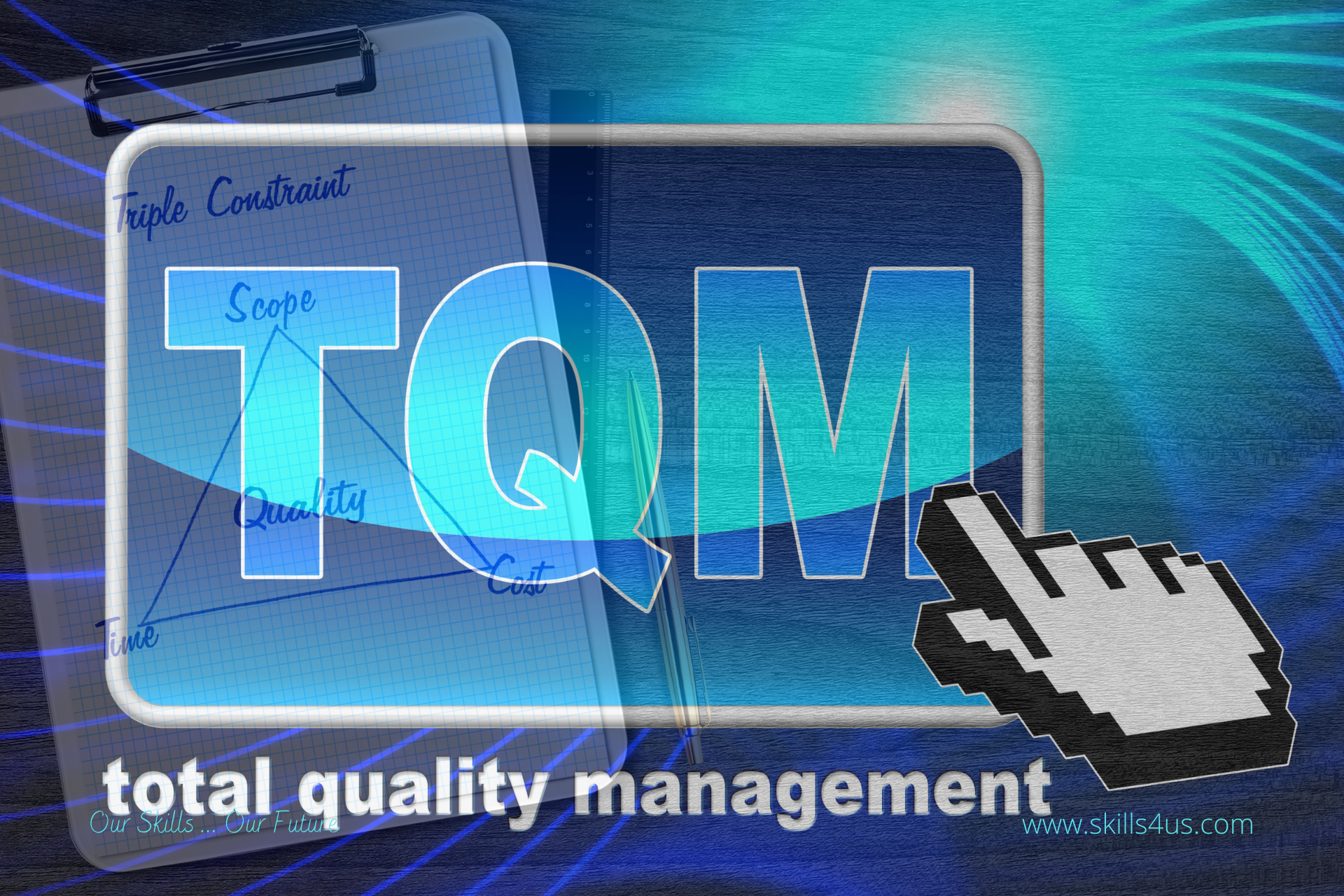TQM is a management system that focuses on improving the quality and performance of all organizational functions, departments, and processes to deliver quality services that exceed customer expectations. It enables the management to adopt a strategic approach to quality and to put more effort and proactive in prevention rather than reactive and inspection. Through TQM, all employees are trained professionally and encouraged to make decisions independently to improve TQM and achieve higher standards.
The Importance of TQM
The role of TQM in any organization is to improve the delivery of quality products and services to its customers. Each development process must improve quality by identifying defects or reducing variance to achieve this. In TQM, this is prioritized, as each employee works towards achieving organizational goals. TQM also helps in solving problems before they occur and during operations. Thus, TQM helps achieve corporate objectives by increasing the organization’s overall productivity.
Through TQM, organizations increase customer satisfaction, reduce costs, and enhance teamwork. Organizations can also achieve a higher return on investment. It means better access to global markets, increased customer belonging, wider recognition as a quality brand, etc.
Principles of TQM
As with most management methods and techniques, implementation and success will vary from organization to organization. While there is no single agreed-upon approach, the most common definition of TQM includes the following eight principles:
1. Customer Focus
Customers are the final arbiter of whether products or services are high quality. No matter how many resources are accumulated in training personnel, updating machines and computers, integrating quality design processes and standards, bringing in new technology, etc. By understanding the wants and needs of your customer, you have a better chance of knowing how to get the right resources, people, and processes to meet and exceed their expectations.
2. Employee Involvement and Commitment
Ensuring commitment and full participation of employees in achieving business objectives will lead to employee empowerment and active involvement of employees in decision-making and addressing quality-related problems. This increases their work satisfaction, reflecting the organization’s overall productivity.
3. Practical Approach
we can implement TQM only with a specific and consistent process-centered system. Processes are predetermined and predictable, which reduces variance. Monitoring and evaluating predefined functions is straightforward and leads to increased performance or production. Adhering to procedures is crucial, ensuring that the proper steps are taken at the right time to ensure consistency and accelerate production.
4. Integrated System
Organizations that adopt TQM have an integrated system that allows them to operate the flow of communication and understanding in a horizontal process. Every employee understands the organization’s policies, strategies, and goals in this system. An integrated system ensures continuous improvement and helps organizations achieve a competitive advantage.
5. Strategic and Systematic Approach
Organizations must adopt a strategic approach toward quality improvement to achieve their goals, vision, and mission. A strategic plan is necessary to ensure that quality becomes the primary aspect of an organization’s operations. Thus, policy-making and strategic planning are integral to TQM, as it provides a systematic approach to implementing the various processes involved in quality improvement.
6. Continuous Improvement
Continuous improvement will ensure organizations find new ways and technologies to produce better products, making them more competitive and exceeding customer expectations. Thus, in organizations that adopt the principles of TQM, leaders, and decision-makers are emphasized supporting and communicating, training, and educating each employee on the goals of continuous quality improvement. This is how high-quality products and services are delivered by building an environment of continuous improvement through effective communication.
7. Decision-Making Based on Data
To achieve effective TQM, organizations must collect and analyze data to improve the quality and accuracy of decision-making and forecasts. Decision-making should be based on data, statistics, and circumstances to avoid any room for emotional decision-making. Thus, this allows organizations to make informed decisions based on data.
8. Communication
Improvement can only occur with effective communication within the organization. Communication is essential in TQM as it helps motivate employees and improve their morale during routine daily operations. Moreover, effective communication and employee engagement give them a sense of empowerment, creates an environment of success and unity, and help drive the results that the TQM process can achieve.
By following the basic principles of TQM, organizations can become analytical and creative in formulating strategies to meet stakeholder expectations and stay ahead of their competitors. TQM helps organizations adapt to the changing dynamics of the global economy. Hence, it takes tremendous effort, time, courage, and patience to implement TQM successfully.
